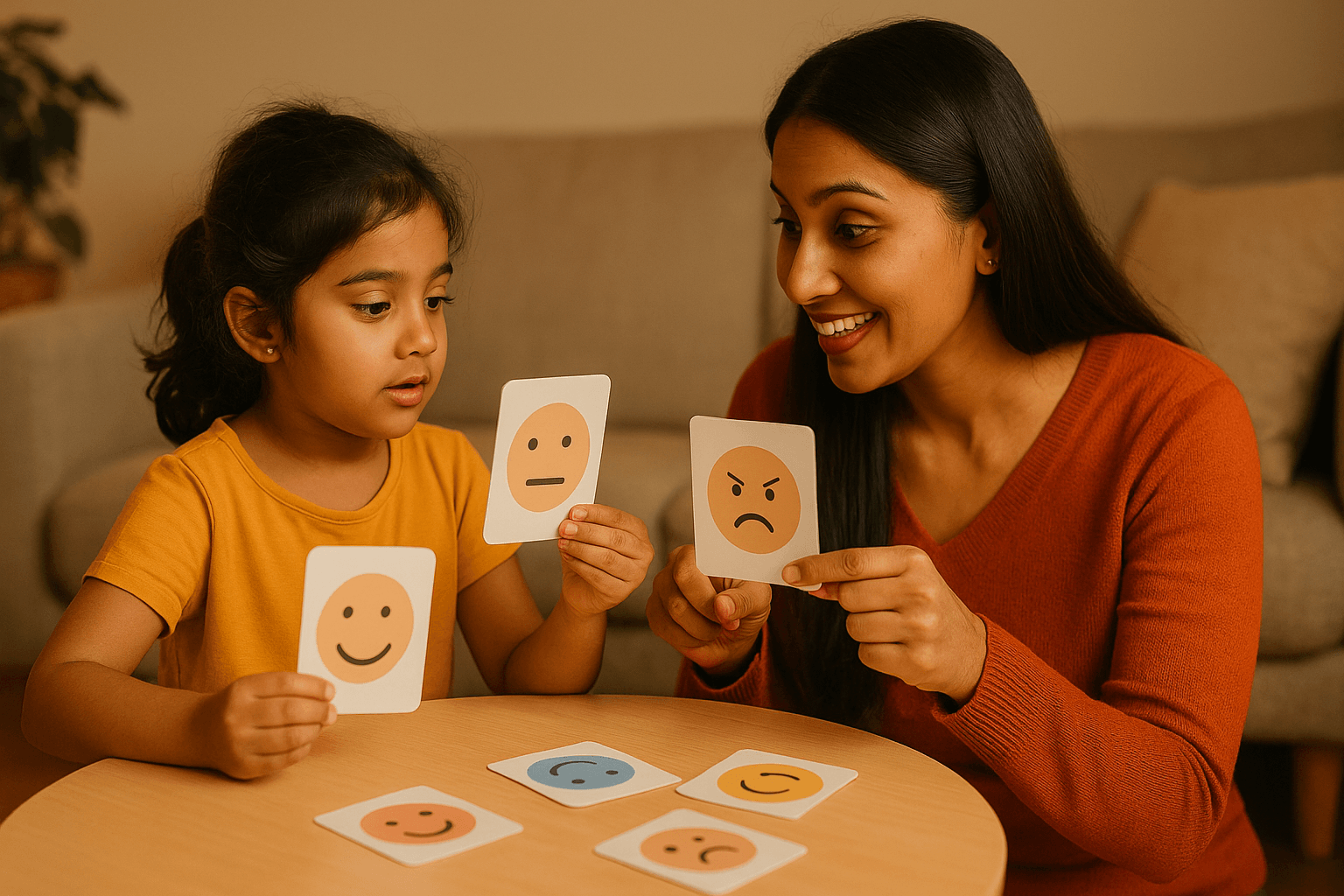Introduction:
“How do I talk to my child about body safety without scaring them?”
It’s one of the most important—and often most uncomfortable—questions parents ask.
But it doesn’t have to be.
Body safety for kids isn’t about making them afraid of the world.
It’s about giving them calm, age-appropriate tools to trust their gut, understand their boundaries, and come to you when something feels wrong.
This 3-day conscious parenting plan turns a difficult conversation into a safe, nurturing experience—one that builds long-term trust and emotional awareness.
Also read – Words that make Children Feel Safe
Day 1: My Body, My Rules
Objective:
Introduce the concept of body ownership and consent in a non-scary, everyday way.
Say This:
“This is your body. You’re the boss of it. That means no one is allowed to touch it if you don’t want them to—not even me.”
Try This Together:
Create a simple drawing of a body with your child. Name the parts (use correct anatomical terms if your child is old enough).
Color together and say:
“All these parts are special. And no one touches them unless you say it’s okay.”
Why It Works:
It builds body autonomy early—without fear. It teaches kids that they are in charge of their own space, even around trusted adults.
Also read – 5 Transformative Conscious Parenting Exercises To Practice with Your Child
Day 2: The Yes/No Feeling Game
Objective:
Help your child recognize safe vs. unsafe touch using their instincts, not just labels.
Say This:
“Sometimes, your body tells you when something feels wrong—even if you’re not sure why. That’s your ‘No Feeling.’ And you can always tell me when that happens.”
Try This Together:
Play the “Yes/No Feeling” game. Describe everyday situations and ask how their body might feel:
- A hug from grandma?
- A friend pulling your arm too hard?
- Someone asking for a secret that makes you nervous?
Talk about what a “Yes” feeling and a “No” feeling might feel like in their body (tight tummy, want to run, etc.)
Also read – 5 Tantrum Calming Exercises for Kids
Why It Works:
It teaches children to listen to their own body cues instead of memorizing abstract rules. This internal guidance helps in real-life situations where rules don’t cover everything.
Also read – 5 Powerful Truths About Child Tantrums Every Parent Needs to Hear
Day 3: No Secrets, Only Surprises
Objective:
Teach safe communication habits and build trust through shared language.
Say This:
“In our house, we don’t keep secrets—we only do surprises. If anyone ever tells you to keep something secret, even if they say you’ll get in trouble, you can always tell me.”
Try This Together:
Role-play a safe secret vs. unsafe secret. For example:
- Safe surprise: “We’re hiding a gift for Dad’s birthday!”
- Unsafe secret: “Don’t tell your mom or you’ll get in trouble.”
Make it fun and interactive. Even act it out with toys.
Why It Works:
Children are often groomed through secrecy. This simple rule gives them a safe out and reinforces your home as a no-shame zone for honesty.
Bonus Tip: Create a Family Safety Code Word
Pick a fun word your child can say to alert you if they ever feel unsafe or need help—even in public. Practice using it in pretend play.
Closing Reflection:
Teaching body safety for kids doesn’t require fear, shame, or heavy conversations.
It requires calm repetition, simple words, and your emotional presence.
When you show your child that their voice matters and their body is theirs, you’re not just protecting them from danger—you’re empowering them with lifelong confidence and trust.
Safety starts at home. And it starts with you.
Scripted India by The Logic Stick is more than a podcast, it’s a conscious parenting and emotional wellness movement. Through expert-backed insights, healing tools, and real conversations, we help parents, educators, and curious minds reshape how India nurtures its next generation.






